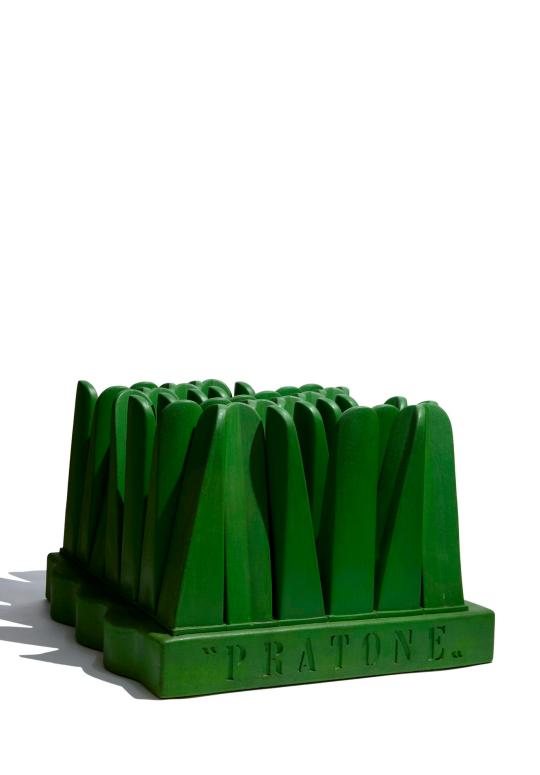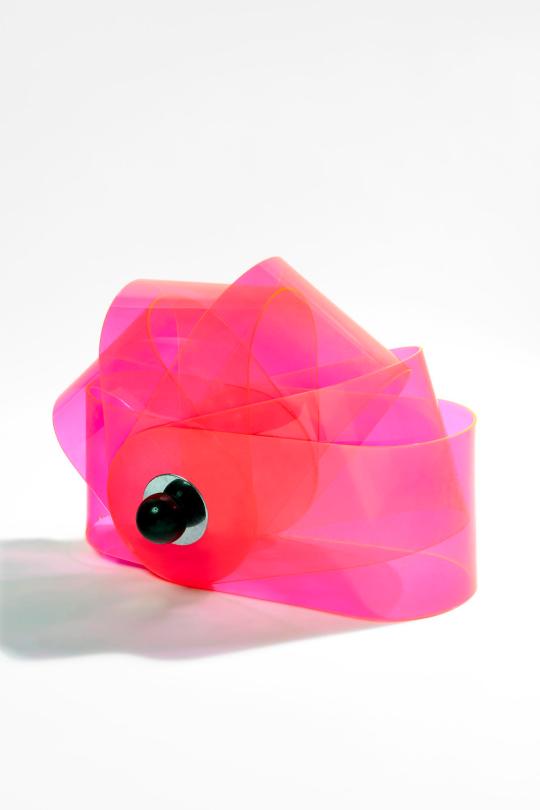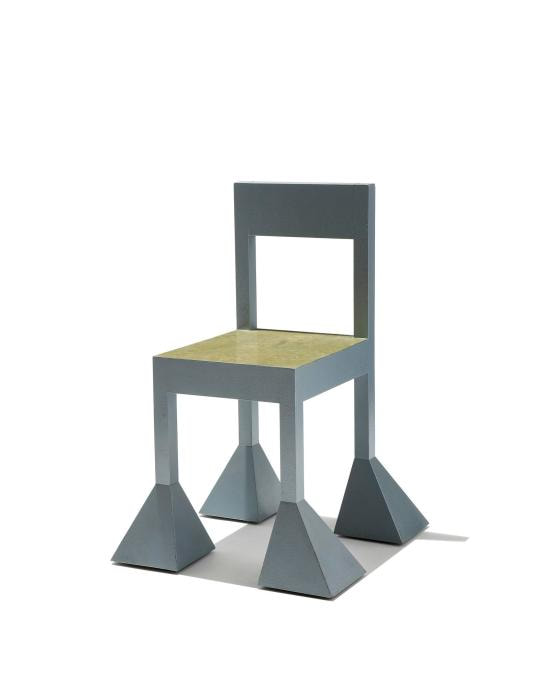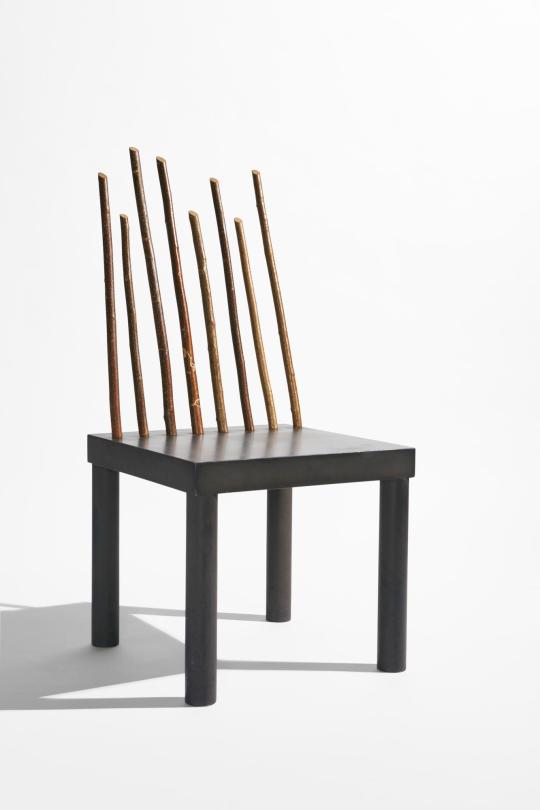When you sees objects created by of Italian Radical Design for the first time, you may mistaken them for humoristic, casual, whimsical, and approachable, but there are rather layers and layers of spirituality, contents, and messages behind the quirky surreal forms and colorful appearance. This design could not be deeper and more intellectual, and therefore, the handful private collectors (most of it is being collected by museums) are devoted to Italian Radical Design tend to be committed to connoisseurship, a small community of daring people who really know and understand design culture.
One of them is Dennis Freedman, the stylish former creative director of W Magazine, who accumulated the world’s best private collection devoted to Radical Design. Now, the Museum of Fine Art Houston (MFAH) has opened an exhibition devoted to Freedman’s design collection, which he transferred to the permanent collection of the Museum, some by gifting; some by selling. Radical: Italian Design 1965 -1985, the Dennis Freedman Collection is up until April 26th, 2020.
Freeman, who began collecting in the late 90s has been known as one of the most dynamic and important collectors in the world of design.His encyclopedic collection of 180 objects tells the full story of the Radical Italian Movement, including such iconic and often examples, as The Goliathlike foot, Studio 65’s Up 7 Lounge, Alessandro Mendini’s Monumentino da Casa, Superstudio’s Prototype Cube, Ricardo Dalisi’s Wooden Throne, the Pratone by Giorgio Ceretti, Pietro Derossi and Riccardo Rosso. It is an opportunity to learn the essence of this historical design movement which has come to influence past and present and of which ideas are living today in much of the contemporary design of the 21st century. The exhibit captures the key radical concepts formulated by its founders: Gaetano Pesce, Joe Colombo, Ettore Sottsass, and the others. And like the design movement itself, the objects can be seen as beautiful pieces that stand out for their textures, colors, and innovative forms, or as objects that tell stories, the stories of that time.
Above: Studio65, Capitello, Designed in 1971, made c.1972-1978, Polyurethane foam and Guflac.






